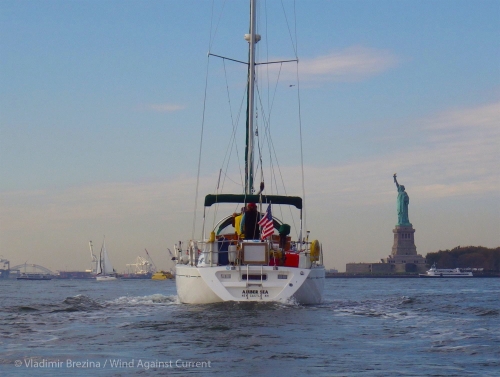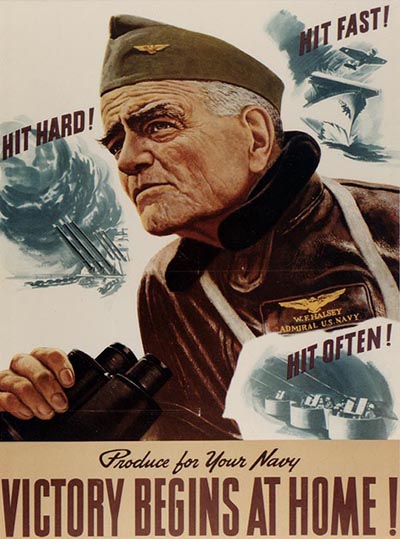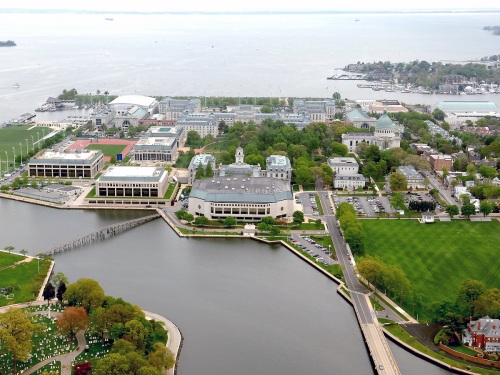By Johna Till Johnson
Photo by Vladimir Brezina
“All men shall be sailors then
Until the sea shall free them…” — Leonard Cohen, “Suzanne”
I’ve been listening to a lot of the singer-songwriter Leonard Cohen lately. I’m not alone in this; he’s experiencing an (in my mind deserved) groundswell of popularity in the 14 months since he died.
His themes are universal and serious: the inevitability of loss, imperfectability of human nature, the ephemeral transcendence of love.
His fundamental stance is religious, but while it’s rooted in his native Jewish tradition (he remained devout all his life), it draws from a broad set of perspectives, with a pragmatic bent. He once told the New Yorker: “Anything, Roman Catholicism, Buddhism, LSD, I’m for anything that works.”
He wasn’t joking. Over the years, he studied Scientology, became an ordained Buddhist monk, and studied at an Indian ashram—along with pursuing various intoxicants (from acid to alcohol) and ascetic practices (particularly fasting). His goal was less the abstract pursuit of enlightenment than to ameliorate the bouts of depression that struck him throughout much of his life.
Sylvie Simmons wrote a wonderful biography of Cohen in 2012, “I’m Your Man,” One of the interesting paradoxes of Cohen’s life is that although he was deeply embedded in the contemporary cultural matrix to a degree that’s almost Zelig-like, his essential formality was fundamentally out of step with the “anything goes” ethos of the times.
The Jewish magazine Forward has an insightful obituary that highlights this: “The “absence of the casual” may well be one of the singular characteristics setting Cohen’s work apart from his so-called contemporaries,” writes Seth Rogovoy.
And it paid off in the long run—Cohen is one of the rare artists who pursued his craft with intensity and diligence all his life, and peaked as a performer in his 70s.
In a surprising twist that serves as a hopeful beacon to us late bloomers, after his business manager embezzled his money and left him broke early in the 2000s, he decided to go on tour to support his ex-wife and children. Although he had previously hated performing, he put together a stellar backup band and collaborated with them to develop innovative arrangements of his work.
The result was almost a decade of some of the best live performances in popular music history (you can find many of them in YouTube). Cohen not only accomplished his goal of earning back a fortune, he left a shining legacy that touches millions.
That “absence of the casual” is perhaps the most appropriate response to the inevitable tragedies of life, which may be one of the reasons Cohen’s work is experiencing a renaissance.
The lines above (“until the sea shall free them”) particularly resonated with me because the sea has always been associated in my mind with freedom. Towards the end of his life, my father (who was a naval officer) turned to me and said, “The open ocean is closer than they led us to believe.”
He was referring, of course, to his imminent death, but what struck me was that he associated it with the open ocean—and freedom.

















